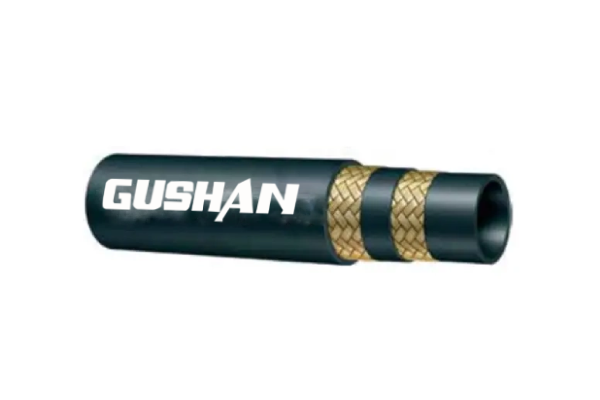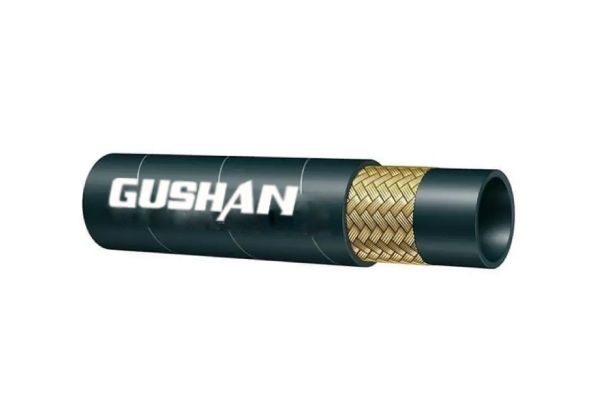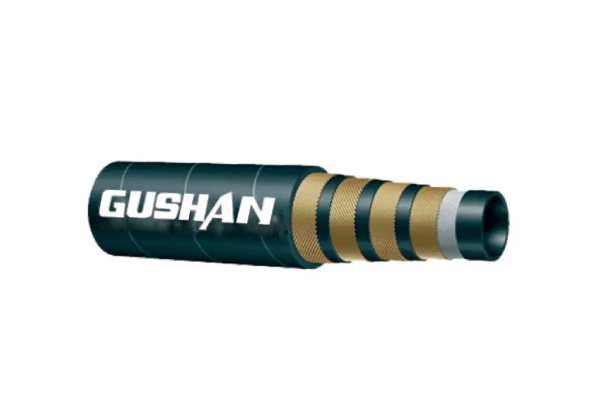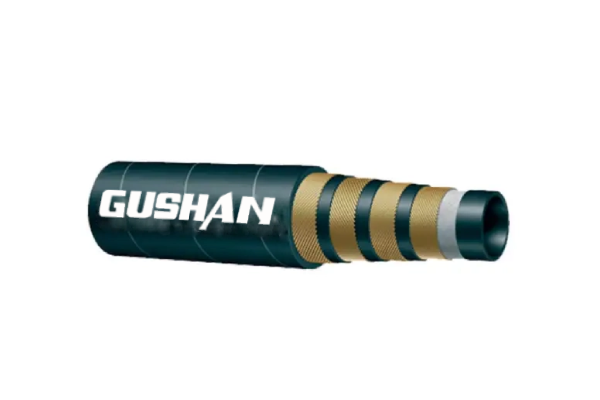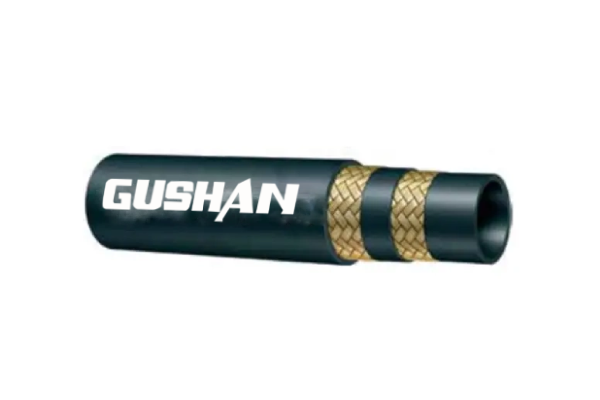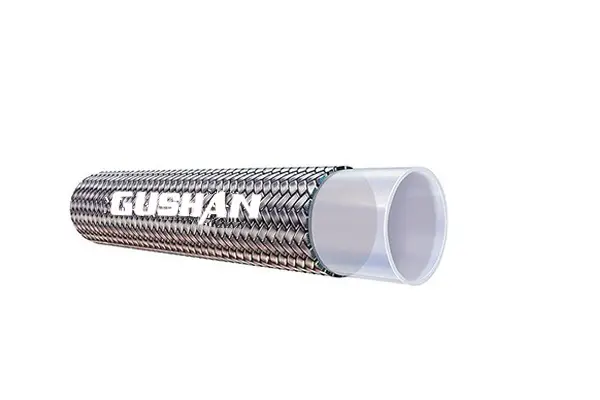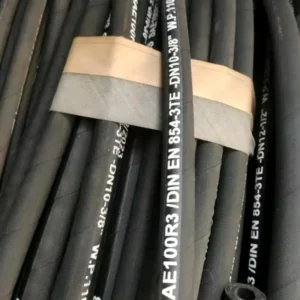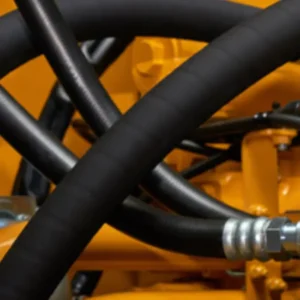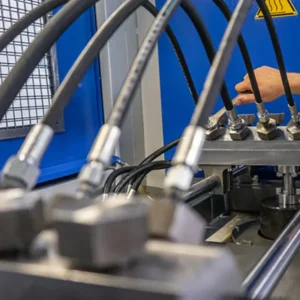Hydraulic hoses are essential components in countless industries, but their disposal often poses significant environmental and economic challenges. Improperly discarded hoses can contaminate soil and water, while the cost of landfill disposal can quickly mount.
This blog post will explore effective strategies for hydraulic hose disposal that minimize environmental impact and reduce costs for businesses. We’ll delve into responsible recycling options, explore the benefits of reusing components, and discuss how to implement a sustainable hose management plan within your organization.
Materials Used in Hydraulic Hoses
Hydraulic hoses are typically made of several different materials, each serving a specific purpose:
Tube:
- Synthetic Rubber: Most common, offers good flexibility, abrasion resistance, and compatibility with various hydraulic fluids. Examples include nitrile rubber (NBR) and ethylene propylene diene monomer (EPDM).
- Thermoplastic: Lightweight and flexible, often used for low-pressure applications. Examples include nylon and polyurethane.
- Teflon (PTFE): Highly resistant to chemicals, high temperatures, and abrasion, suitable for demanding applications.
Reinforcement:
- Steel Wire: Provides strength and pressure resistance. Can be braided or spirally wound.
- Textile Yarns: Offers flexibility and resistance to abrasion.
- Cover:
Synthetic Rubber: Protects the reinforcement and tube from abrasion, ozone, and environmental factors. Often made of the same materials as the tube.
Polyurethane: Durable and abrasion-resistant, commonly used in demanding applications.
Note: The specific materials used will vary depending on the application, the type of hydraulic fluid, and the operating conditions (pressure, temperature, environment).
Why Proper Hydraulic Hose Disposal is Crucial

Proper hydraulic hose disposal is crucial for several reasons:
Environmental Protection:
- Pollution Prevention: Hydraulic hoses contain materials like rubber, steel, and potentially hazardous fluids. Improper disposal, such as dumping in landfills or burning, can release these substances into the environment, contaminating soil and water.
- Resource Conservation: Many components of hydraulic hoses, like steel and rubber, can be recycled. Proper disposal allows for these materials to be recovered and reused, conserving natural resources and reducing the demand for raw materials.
Compliance with Regulations:
Legal and Regulatory Requirements: Many jurisdictions have specific regulations regarding the disposal of hazardous waste, including hydraulic hoses containing certain fluids. Non-compliance can result in fines and penalties.
Cost Savings:
- Reduced Waste Disposal Costs: Recycling programs often offer lower disposal costs compared to traditional landfill disposal.
- Potential Revenue Generation: Some recycling programs may even offer financial incentives for proper disposal of recyclable materials.
Brand Reputation and Sustainability:
Demonstrating Environmental Responsibility: Implementing proper disposal practices demonstrates a commitment to environmental sustainability, which can enhance a company’s image and attract environmentally conscious customers.
By prioritizing proper hydraulic hose disposal, businesses can minimize their environmental impact, comply with regulations, reduce costs, and enhance their sustainability image.
Here are some facts about hydraulic hose disposal in the following:
Used hydraulic hoses can be safely disposed of in regular trash bins. False
Hydraulic hoses often contain fluids like hydraulic oil, which are harmful to the environment. Improper disposal can contaminate soil and water. It’s crucial to dispose of hydraulic hoses responsibly through designated recycling or hazardous waste disposal programs.
Recycling facilities always accept used hydraulic hoses. False
Not all recycling facilities accept used hydraulic hoses. Some may have specific requirements or limitations regarding the types of hoses they accept, the presence of fluids, or the quantity of materials. It’s essential to contact your local recycling center or waste management company to inquire about their specific policies and procedures for disposing of hydraulic hoses.
Recycling used hydraulic hoses helps conserve resources and reduce environmental impact. True
Hydraulic hoses are made from various materials, including rubber, steel, and other metals. Recycling these materials reduces the need for extracting and processing new raw materials, conserving natural resources and minimizing energy consumption. Additionally, proper recycling prevents the release of harmful substances from discarded hoses into the environment.
How to Dispose of Hydraulic Hoses Safely

1. Determine if the Hose Contains Hazardous Materials:
- Check for Hydraulic Fluid: If the hose still contains hydraulic fluid, it may be considered hazardous waste.
- Identify Fluid Type: Different hydraulic fluids have varying degrees of toxicity and environmental impact. Common types include:
- Mineral Oil: Less toxic, but still can contaminate soil and water.
- Synthetic Fluids: May be less environmentally harmful, but some can still pose risks.
2. Drain Remaining Fluid:
- Collect Fluid: If possible, drain the remaining fluid from the hose into a designated container for proper disposal.
- Fluid Disposal: Dispose of the collected fluid according to local regulations. This may involve:
- Recycling: Some fluid types can be recycled or reused.
- Hazardous Waste Disposal: For highly toxic fluids, you may need to contact a licensed hazardous waste hauler for proper disposal.
3. Prepare the Hose for Disposal:
- Cut into Smaller Pieces: Cutting the hose into smaller sections makes it easier to handle and transport.
- Remove Fittings: If possible, remove metal fittings and dispose of them separately at a scrap metal recycling facility.
4. Choose the Appropriate Disposal Method:
- Recycling:
- Locate Recycling Centers: Contact local recycling centers or waste management companies to inquire about hydraulic hose recycling programs.
- Check for Compatibility: Not all recycling centers accept hydraulic hoses. Inquire about specific requirements and accepted materials.
- Hazardous Waste Disposal:
- Contact a Licensed Hauler: If the hose is contaminated with hazardous fluids or contains hazardous materials, contact a licensed hazardous waste hauler for proper disposal. They will ensure compliance with all environmental regulations.
- Landfill Disposal (Last Resort):
- Check Local Regulations: In some cases, landfill disposal may be permitted, but it should be considered a last resort due to potential environmental impacts.
- Ensure Compliance: Ensure the landfill accepts hydraulic hoses and that disposal complies with all local regulations.
Important Notes:
- Always wear appropriate personal protective equipment (PPE), such as gloves and safety glasses, when handling hydraulic hoses and fluids.
- Never burn or bury hydraulic hoses, as this can release harmful chemicals into the environment.
- Consult local environmental regulations for specific guidance on hydraulic hose disposal in your area.
By following these steps, you can ensure the safe and responsible disposal of hydraulic hoses, minimizing environmental impact and complying with all relevant regulations.
How Do You Dispose of Hydraulic Fluid

Hydraulic fluid disposal requires careful handling to protect the environment. Here’s a general guide:
1. Determine Fluid Type and Quantity:
- Identify the specific type of hydraulic fluid: Different fluids have varying levels of toxicity and environmental impact.
- Assess the volume of fluid: Small quantities may have different disposal options than large volumes.
2. Choose the Appropriate Disposal Method:
- Recycling:
- Locate Recycling Centers: Many auto parts stores, service stations, and dedicated recycling centers accept used hydraulic fluid.
- Check for Compatibility: Ensure the recycling center accepts the specific type of hydraulic fluid you have.
- Properly Store and Transport: Use a clean, leak-proof container to store and transport the fluid to the recycling center.
- Hazardous Waste Disposal (for certain fluids):
- Contact a Licensed Hauler: If the hydraulic fluid is considered hazardous waste (due to toxicity or specific regulations), contact a licensed hazardous waste hauler for proper disposal.
- Follow Regulations: Hazardous waste disposal requires adherence to specific regulations and may involve fees.
3. Never:
- Pour hydraulic fluid down the drain: This will contaminate waterways and harm the environment.
- Dump hydraulic fluid on the ground: This can contaminate soil and groundwater.
- Burn hydraulic fluid: Burning releases harmful fumes into the atmosphere.
Important Notes:
- Always wear appropriate personal protective equipment (PPE), such as gloves and safety glasses, when handling hydraulic fluids.
- Consult local environmental regulations for specific guidance on hydraulic fluid disposal in your area.
- Contact your local waste management agency or environmental protection agency for further information and guidance.
By following these guidelines, you can ensure the safe and responsible disposal of hydraulic fluid, protecting the environment and complying with relevant regulations.
Hydraulic Hose Recycling
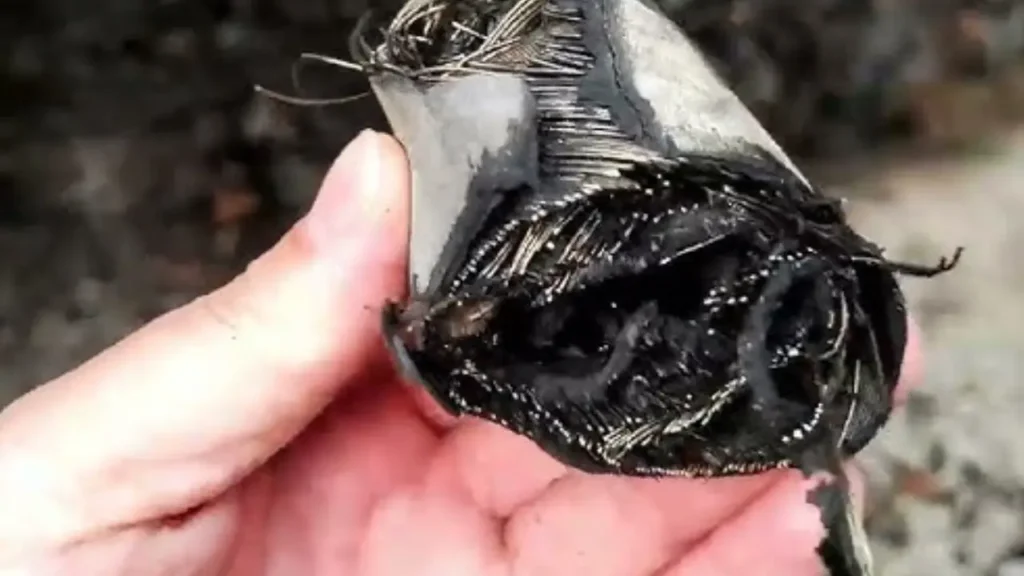
Recycling hydraulic hoses can reduce the environmental impact of manufacturing new hoses. True
Hydraulic hose manufacturing requires significant energy and resources, including the extraction and processing of raw materials like rubber, steel, and other components. Recycling hoses reduces the demand for these raw materials, thereby conserving natural resources and minimizing the environmental footprint of the manufacturing process.
All hydraulic hoses can be completely recycled into new hoses. False
While many components of hydraulic hoses, such as steel reinforcement and rubber, can be recycled, the process may not always result in the creation of new hoses. Recycled materials are often used to produce other products, such as rubber mats, granules for construction, or even energy through waste-to-energy processes. The specific recycling methods and end products can vary depending on the type of hose and the recycling facility.
Old hydraulic hoses can be recycled! Here’s how and why:
Why Recycle Hydraulic Hoses?
Environmental Benefits:
- Reduces Landfill Waste: Prevents hoses from ending up in landfills, where they can leach harmful chemicals into the soil and groundwater.
- Conserves Resources: Recycling allows for the recovery of valuable materials like steel and rubber, reducing the need for new raw materials.
- Minimizes Pollution: Prevents the release of harmful emissions associated with the production of new materials.
Cost Savings:
- Reduced Disposal Costs: Recycling often has lower disposal costs compared to traditional landfill disposal.
- Potential Revenue Generation: Some recycling programs may offer financial incentives for the proper disposal of recyclable materials.
How to Recycle Hydraulic Hoses:
Prepare the Hose:
- Drain Fluid: If the hose still contains hydraulic fluid, drain it into a designated container for proper disposal. (See our earlier response on hydraulic fluid disposal).
- Remove Fittings: Remove any metal fittings and dispose of them separately at a scrap metal recycling facility.
- Cut into Smaller Pieces: Cutting the hose into smaller sections makes it easier to handle and transport.
Find a Recycling Center:
- Contact Local Recycling Centers: Contact local recycling centers or waste management companies to inquire about hydraulic hose recycling programs.7
- Check for Compatibility: Not all recycling centers accept hydraulic hoses. Inquire about specific requirements and accepted materials.
Properly Transport:
- Use Appropriate Containers: Use sturdy containers to transport the hoses to the recycling center.
- Securely Transport: Ensure the hoses are properly secured during transport to prevent spillage or damage.
Important Considerations:
- Hazardous Materials: If the hose is contaminated with hazardous fluids, you may need to contact a licensed hazardous waste hauler for proper disposal.8
- Local Regulations: Always consult local environmental regulations for specific guidance on hydraulic hose disposal in your area.
By recycling old hydraulic hoses, you contribute to a more sustainable future and help protect the environment.
Conclusion
Proper hydraulic hose disposal is not only an environmental responsibility but also a smart business decision. By implementing responsible disposal practices, you can minimize your environmental impact, reduce costs associated with waste management, and potentially even gain a competitive advantage by demonstrating your commitment to sustainability.
Ready to upgrade your hydraulic hose system and minimize your environmental impact? Our company offers a wide range of high-quality, durable hydraulic hoses designed to withstand demanding applications. We are committed to sustainable practices and can help you choose the right hoses for your needs while minimizing your environmental footprint. Contact us today for a free consultation and discover how we can help you optimize your hydraulic system and reduce your environmental impact.

